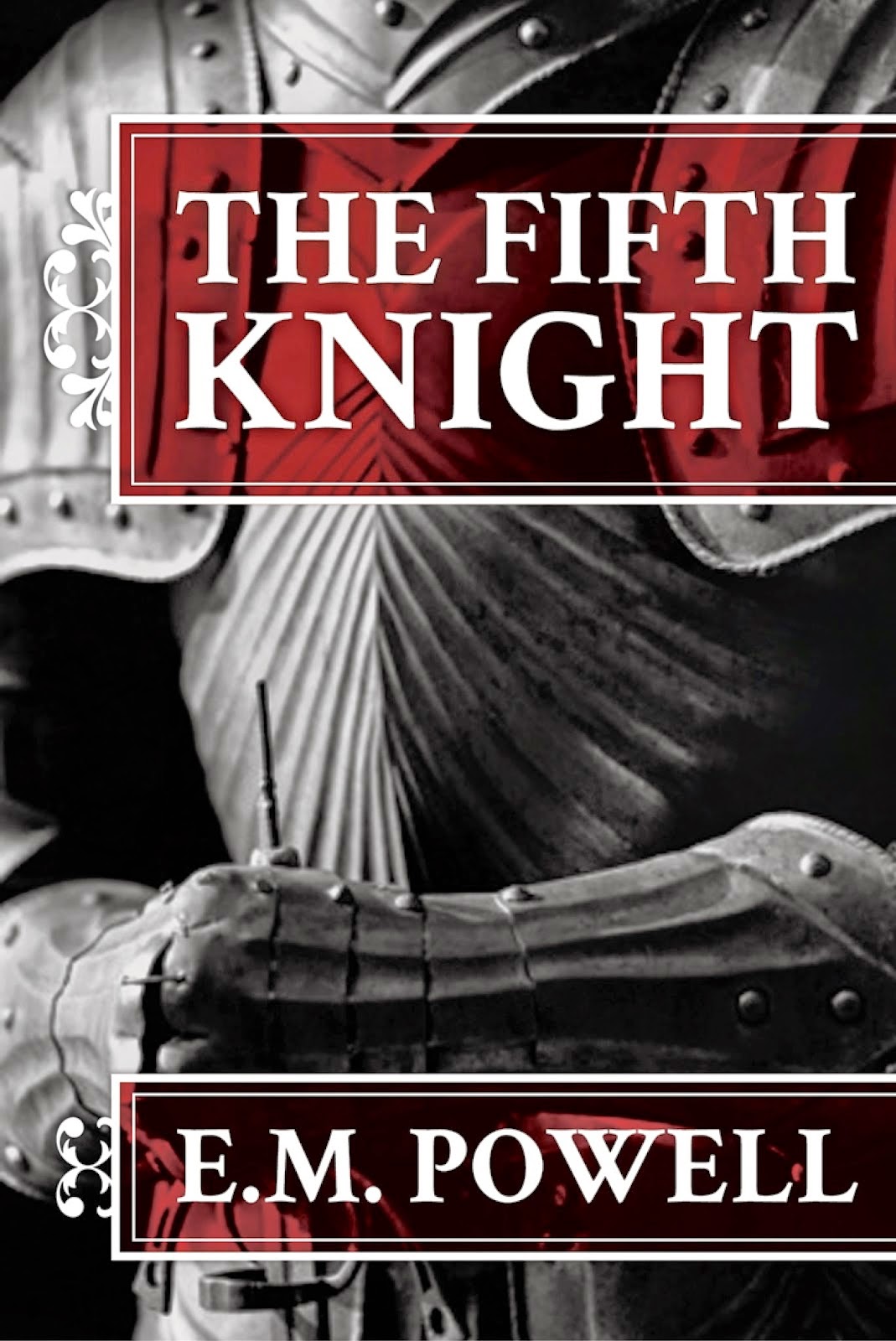
The very fabulous Elaine Powell, author of The Fifth Knight, has tagged me in the Meet My Main Character blog hop. You can read her post here. Elaine Powell's soon-to-be-published novel is the sequel to The Fifth Knight, and her hero is once again mercenary knight, Sir Benedict Palmer. Although he is fictional, many other characters and events are not. The sequel is called The Blood of The Fifth Knight. To read more about The Fifth Knight click on the cover link.
To follow me in the blog I am tagging Nigel Williams and Gillian Hamer.
My latest Tudor novel Intractable Heart: the Story of Katheryn Parr is available on Kindle now and the paperback will follow soon. I am very pleased to talk a little about Katheryn, Henry VIII's last queen.
I think most people recognise the name Katheryn Parr. She was
Henry VIII’s sixth and last wife. We first meet her in my novel during the
Pilgimage of Grace when she is the wife of John Neville, Lord Latimer and their
castle is under siege by rebels. Although Katheryn is only a young woman, she
steps up to the challenge, defending the castle and her two step children John
and Margaret as best she can.
When and where is the story set?
Oh
dear, I’ve rather given that away already. The novel is set at the court of
Henry VIII in Tudor England. The scene shifts from Yorkshire during the Pilgrimage
of Grace to the royal palaces of the south of England, and also stops off at
Portsmouth to witness the sinking of the Mary Rose.
What should we know about her?
Katheryn
is very clever. In a world of limited female literacy she is multi-lingual and publishes
religious books in support of the reformation of the church in England. Despite
their religious differences the King demonstrates his high regard by setting
her up as regent while he wages war on France. Once gain Katheryn accepts the
challenge although she is beset by enemies.
What is her main conflict? What
messes up her life?
Husbands!
Poor Katheryn had four of them! Katheryn’s mother, Maud Parr was very ambitious
and secured her children excellent spouses. Her eldest William was married at a
young age to Anne Bouchier who embarrassed the family by taking a lover and
giving birth to a string of illegitimate children. Their marriage ended in
annulment but it was a long and bitter battle. Katheryn fared much better. Her
first marriage to Sir Edward Borough ended with his unexpected death after just
a few years and she later remarried John Neville in 1534, becoming Lady Latimer.
Latimer was twice her age but the relationship seems to have been amicable and
she took his children under her wing and was genuinely fond of them,
particularly Margaret. He died in 1543 leaving Katheryn a wealthy widow.
As
a young attractive widow she had no trouble in forming a relationship with
Thomas Parr and the pair were set to marry until she caught the eye of the
ageing king. It isn’t possible to refuse marriage to a monarch, especially one
like Henry. Katheryn’s conflict was to put away her feelings for the brash,
handsome Thomas Seymour and submit to the demands of the fat, malodorous and
very dangerous king. Quite a challenge.
What
is Katheryn’s personal goal?
She puts away the idea of
romantic love after her marriage to Henry and turns her attention to being a
good queen and mother to the king’s children. Much of her energy is spent in
support of the reformation of the church
Katheryn’s strength of character
helps her overcome her sorrow at losing Thomas and make the best of her life
with Henry. Although his health is failing she has no idea what the future might
bring but she wastes very little time wishing things are different.
Of all Henry’s wives she emerges
as the capable one: the one who manages Henry the best, and the one with the
intelligence and determination to be more than just a wife and fill the role of
‘consort’ in the fullest sense of the word.
Is there a working title for
this novel, and can we read more about it?
Intractable
Heart. The title
is taken from Katheryn’s book Lamentation of a Sinner in which she
laments her ‘obstinate, stony and intractable heart.’ Although she uses the
words in religious terms I think they sum Katheryn’s character up rather well.
Married four times, her first three marriages are all successful; it is her
fourth union, the only one which is forged from love that proves to be her
downfall. Seymour becomes Katheryn’s beloved nemesis.
When can we expect the book to
be published?
Now!
It is just out on Kindle now and the paperback will follow as soon as possible. It
should be with you VERY soon – if the fates are willing. Click here to buy.
Photographs from WikimediaCommons
To view my other books click on the links below:


















